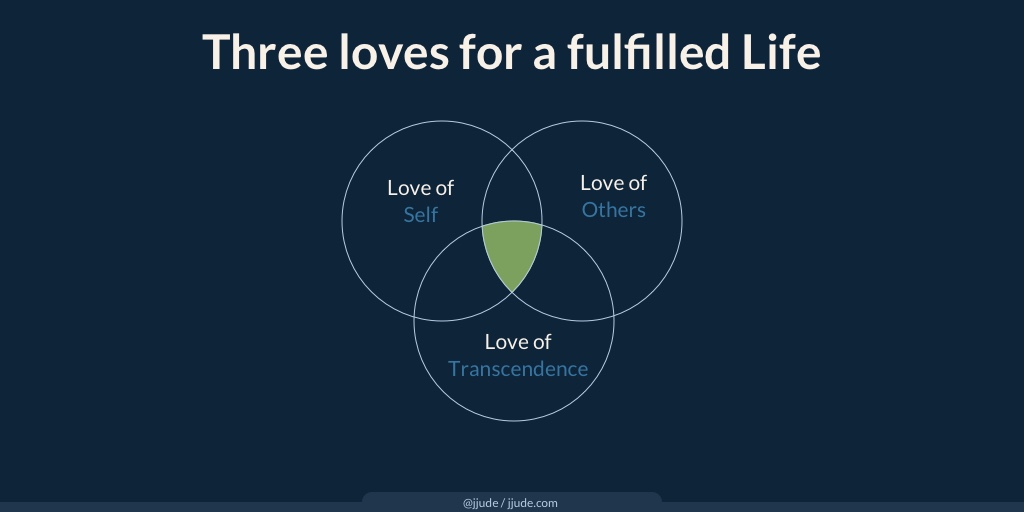As I turned 50 this year, I embarked on a fat-to-fit journey. With 86 kilos, I was obese for my height and age. A combination of diet and exercise got me healthier.
First, I set an eating window between 9:30 am and 7 pm. I drank only water from 7 pm to 9:30 am the next day. A glass of milk is my go-to if I’m hungry. I ate like I always do during my eating window. Eating until you’re 80% full is a good rule of thumb. My breakfast was usually idli or dosa or pongal, or oats. Lunch was rice or chapatis, while dinner was usually bread and omelets. Along with avoiding aerated drinks, I also replaced sweets with natural sources like dates to reduce my sugar intake. While I tried to curb my snacking, I occasionally indulged in treats like murukkus. On Fridays, I skip lunch and eat early dinner around 5:30-6 pm.
Getting fit started with 30 minutes of jumping jacks and skipping at home. After a while, I switched to walking and then jogging for six kilometers. Eventually, I jogged three times a week at an average pace of around nine minutes per kilometer for a total of six kilometers. Whenever I wasn’t jogging, I did at-home workouts.
Thankfully, these efforts paid off. I dropped from 86 kilos to 77.4 kilos. I used to wear jeans with a 36-inch waist, but now I fit into a size 32.
As a result, my fitness routine has become an essential part of my day. Even when I’m traveling, I pack my sneakers and hit the gym, run, or at least walk. I’m hoping to keep that streak going.
